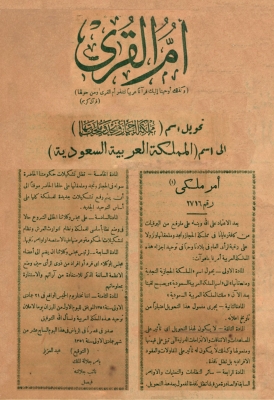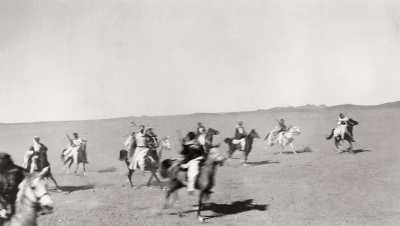
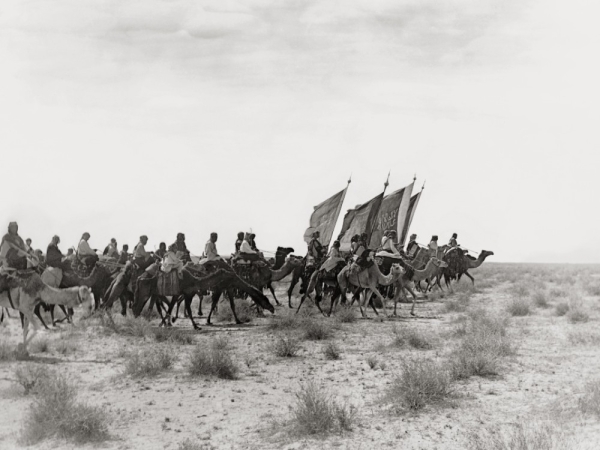
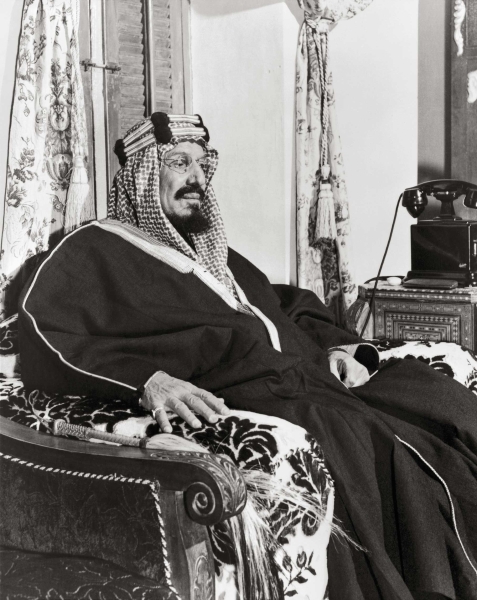
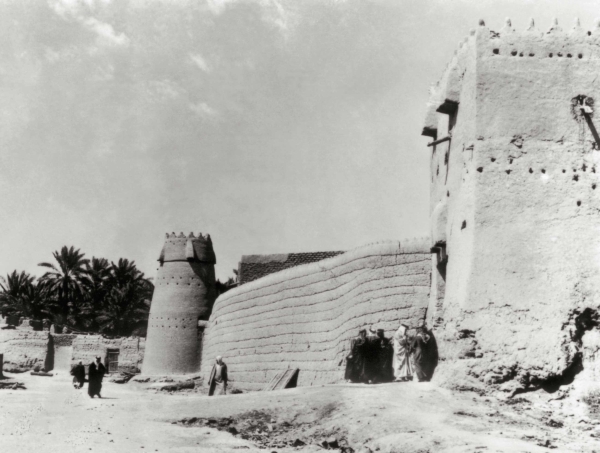
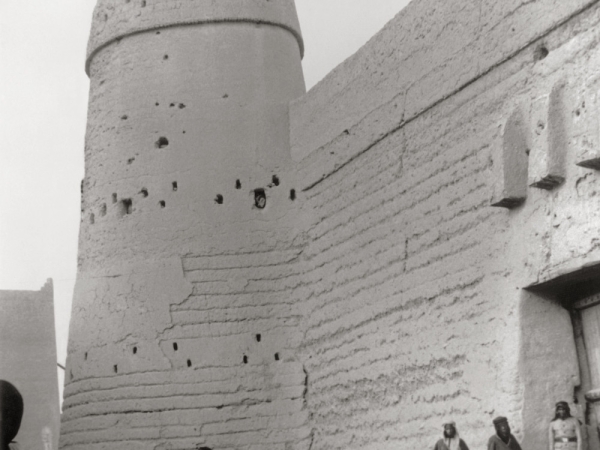
1902
King Abdulaziz recaptured Riyadh, to become the first cornerstone in founding the Kingdom of Saudi Arabia. Following this, surrounding city residents, including al-Kharj, al-Hariq, al-Hawtah, Wadi ad-Dawasir, and al-Aflaj, pledged allegiance to King Abdulaziz.
1904
King Abdulaziz annexed the cities of al-Mahmal, al-Shuaib, Shaqra, Tharmada, and al-Washm. Then, he expanded further until the entire Sudayr region became under his control.
1904
King Abdulaziz annexed the city of Unayzah after defeating Ibn Rashid's army. Then, he annexed Buraydah and the rest of the Qassim Province to his rule.
1913
King Abdulaziz's army reached al-Ahsa, where the Ottoman forces surrendered to the Saudi army and left the area by sea. All regions associated with al-Ahsa were then annexed.
1920
The unification of Aseer is completed after the Battle of Hijla. The Saudi army entered Abha and took control up to the western borders of al-Mikhlaf al-Sulaymani to the west, reaching Najran.
1922
King Abdulaziz dispatched an army to Hail until it surrendered and incorporated into the Saudi State.
1922
King Abdulaziz sent an army led by his son, Prince Faisal (later King Faisal), to Abha, where he defeated Al Ayed once again and brought Aseer under Saudi rule.
1924
The unification of Hejaz began, with the Saudi army reaching Taif and peacefully annexing Makkah al-Mukarramah.
1925
Jeddah was besieged and unified, followed by the peaceful annexation of al-Madinah al-Munawwarah, mirroring the events in Makkah al-Mukarramah. Thus, the entire Hejaz was brought under the control of the Saudi State.
1930
Al-Hassan al-Idrisi, the governor of Jazan, ceded control to King Abdulaziz. Previously under Saudi protection following a protection and defense treaty with King Abdulaziz, Jazan was fully integrated into the Saudi State and came under the complete administration of King Abdulaziz.
1932
The unification of the Kingdom was officially announced, and a Royal Decree was issued to announce the unification and to name the country the Kingdom of Saudi Arabia, starting from Thursday, September 23, 1932.
Related quizzes
